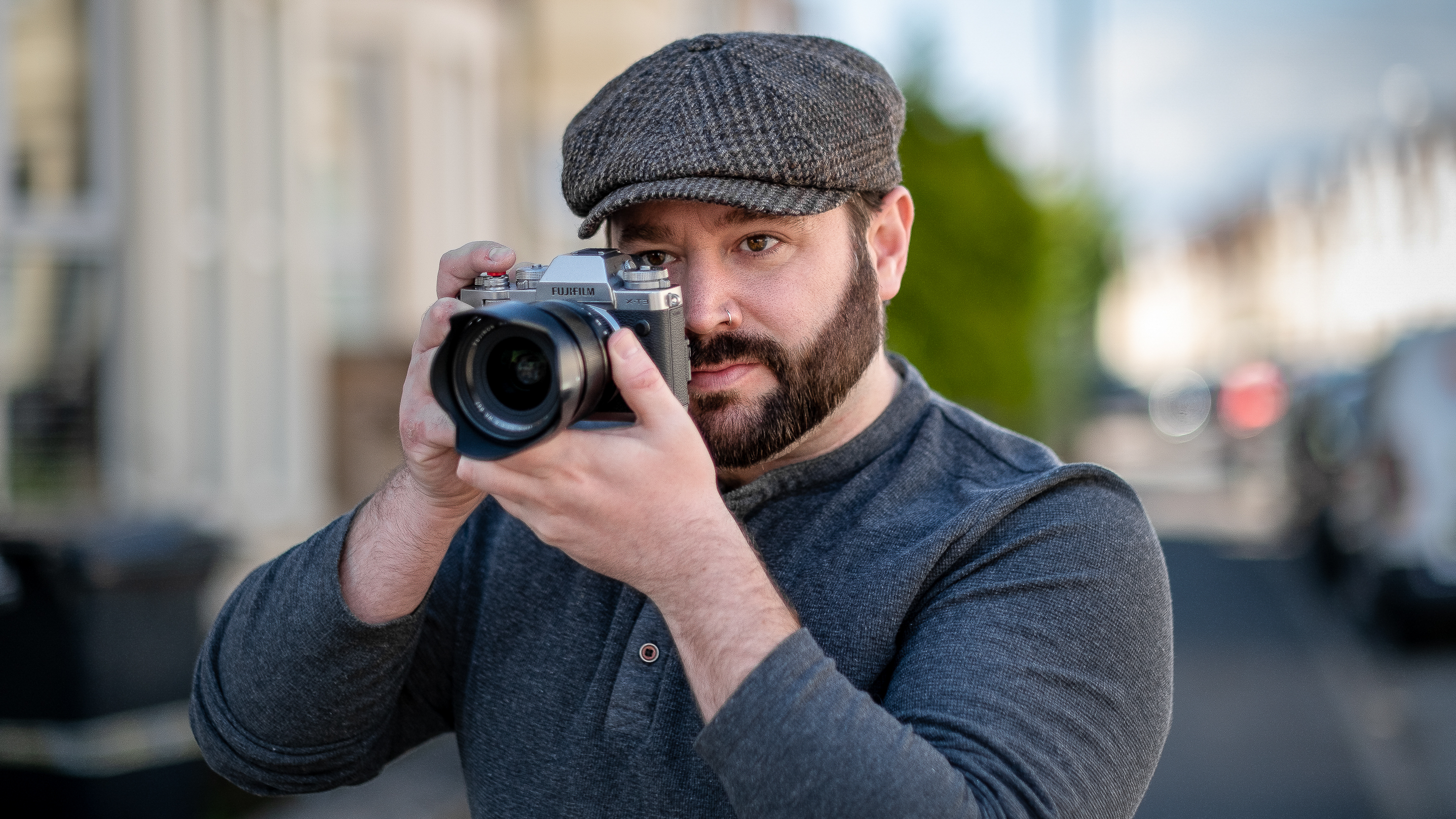Bring the wow factor to your waterside wonder shots
Luke Robinson talks to us about how stunning landscapes and iconic photographers have inspired his shots
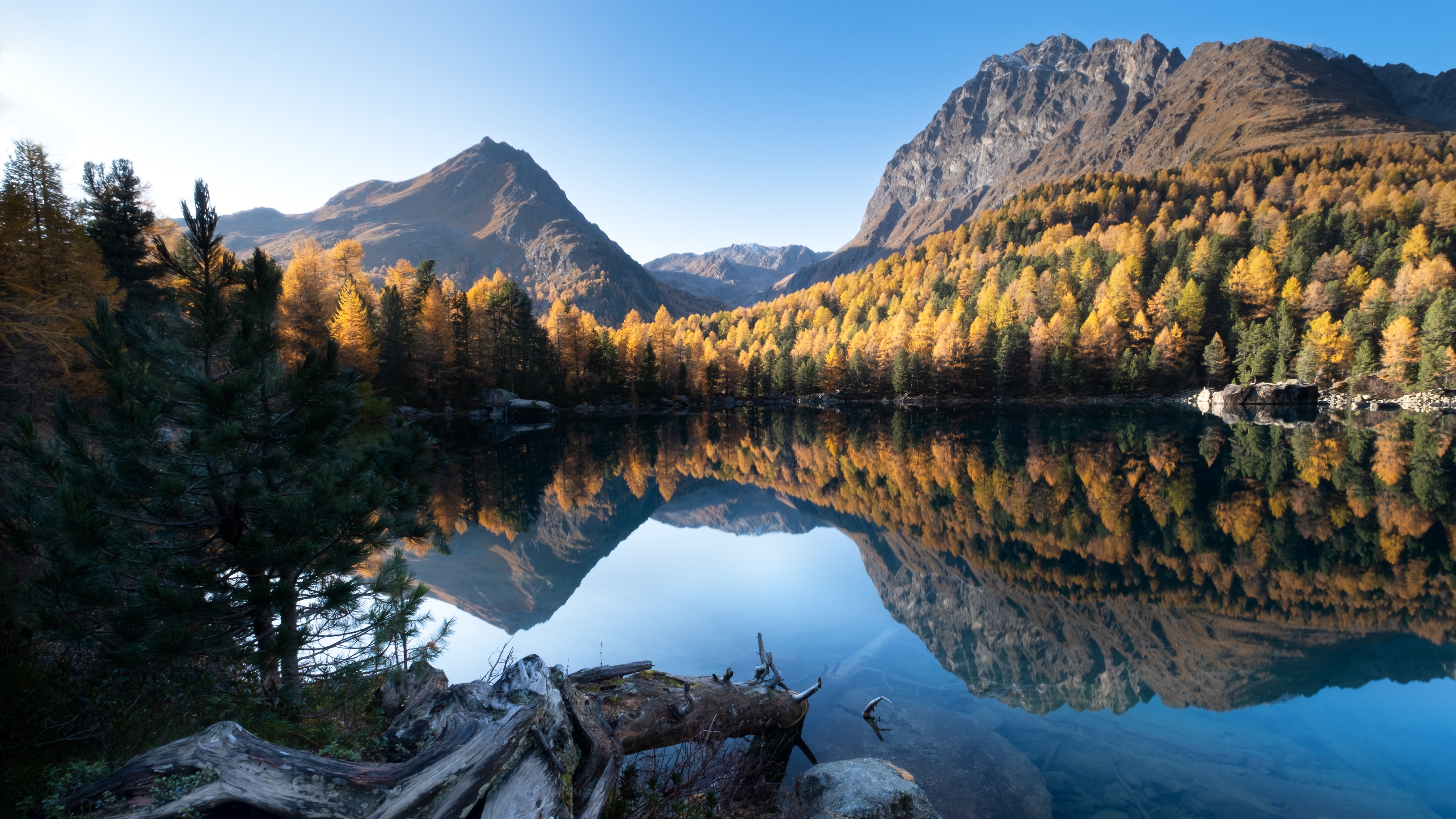
Growing up in the South Downs of Sussex, I spent most of my free time as a child exploring the Seven Sisters, the Cuckmere Valley and the surrounding areas. I then became fascinated by photography as a teenager, going on to study it at college, and was soon using the medium to both investigate and express my passion for the natural world.
Often experimenting with both abstract and representative photography, I’ve honed my approach from fine art influences, as well as the work of master photographers including Eliot Porter, Joe Cornish, John Blakemore and Sonja Bullaty.
I’ll use long exposures and selective focus to create a sense of urgency, and aim to capture the image in camera with as little post-shoot editing as possible. The photographs displayed here were shot using Fujifilm X-Series cameras and lenses; their solid design, reliable nature and pin-sharp detail, along with the superb color rendition and analogue film similarities, have proved ideal.
A Gitzo Traveller S-1 tripod gives me a steady camera platform. Having lightweight, sturdy and dependable equipment is essential when I’m shooting in remote locations. I now live and work in Switzerland, which presents me with incredible landscapes.
Four tips from Luke for shooting eye-catching landscapes by the water
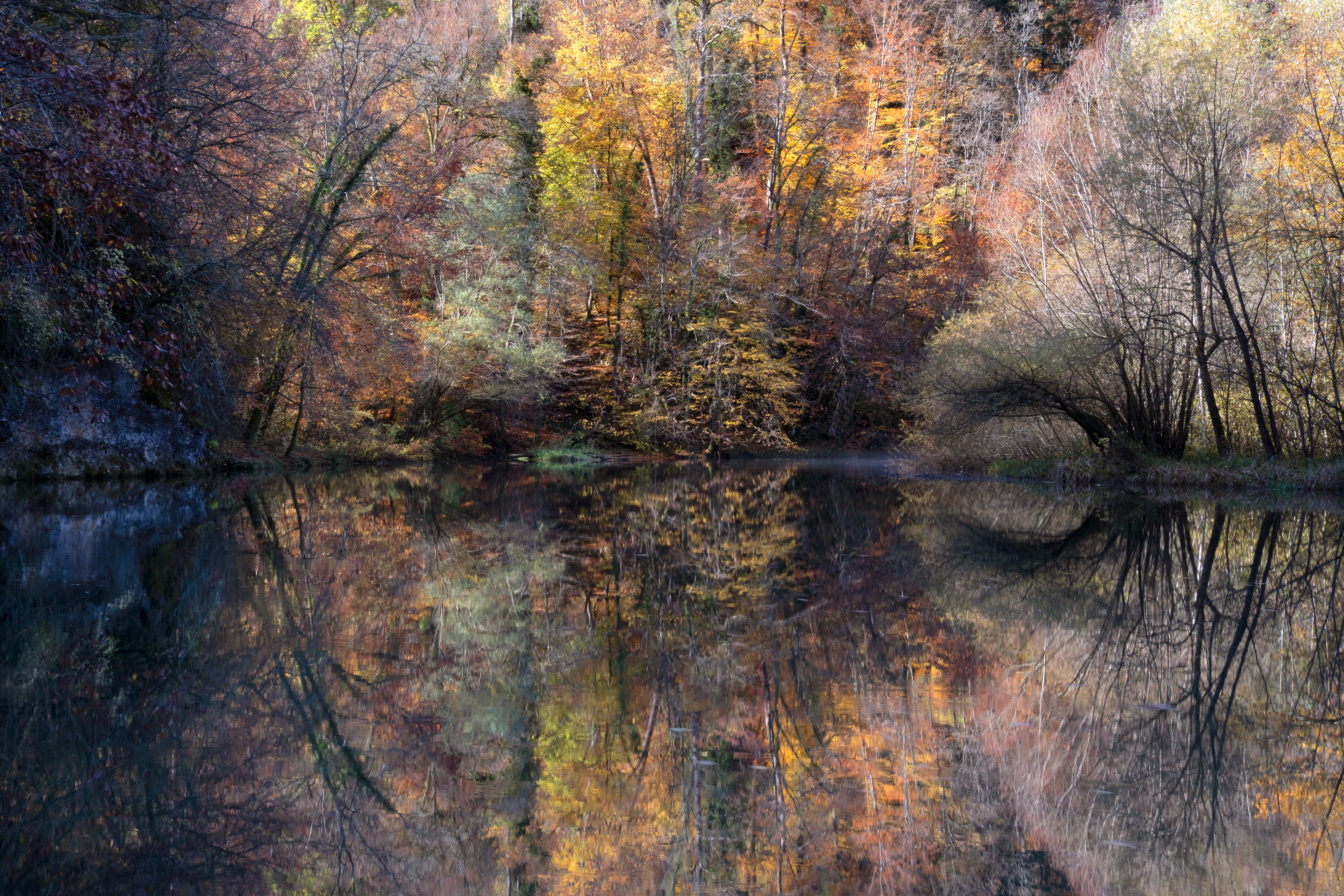
1. How to capture better colours
I often use a polarizing filter to increase color saturation, reduce reflections or bring out the clouds and skies (but as seen in this image, sometimes you want to hold on to those reflections). It’s great that you can vary the degree of polarization to bring out the best in all the elements
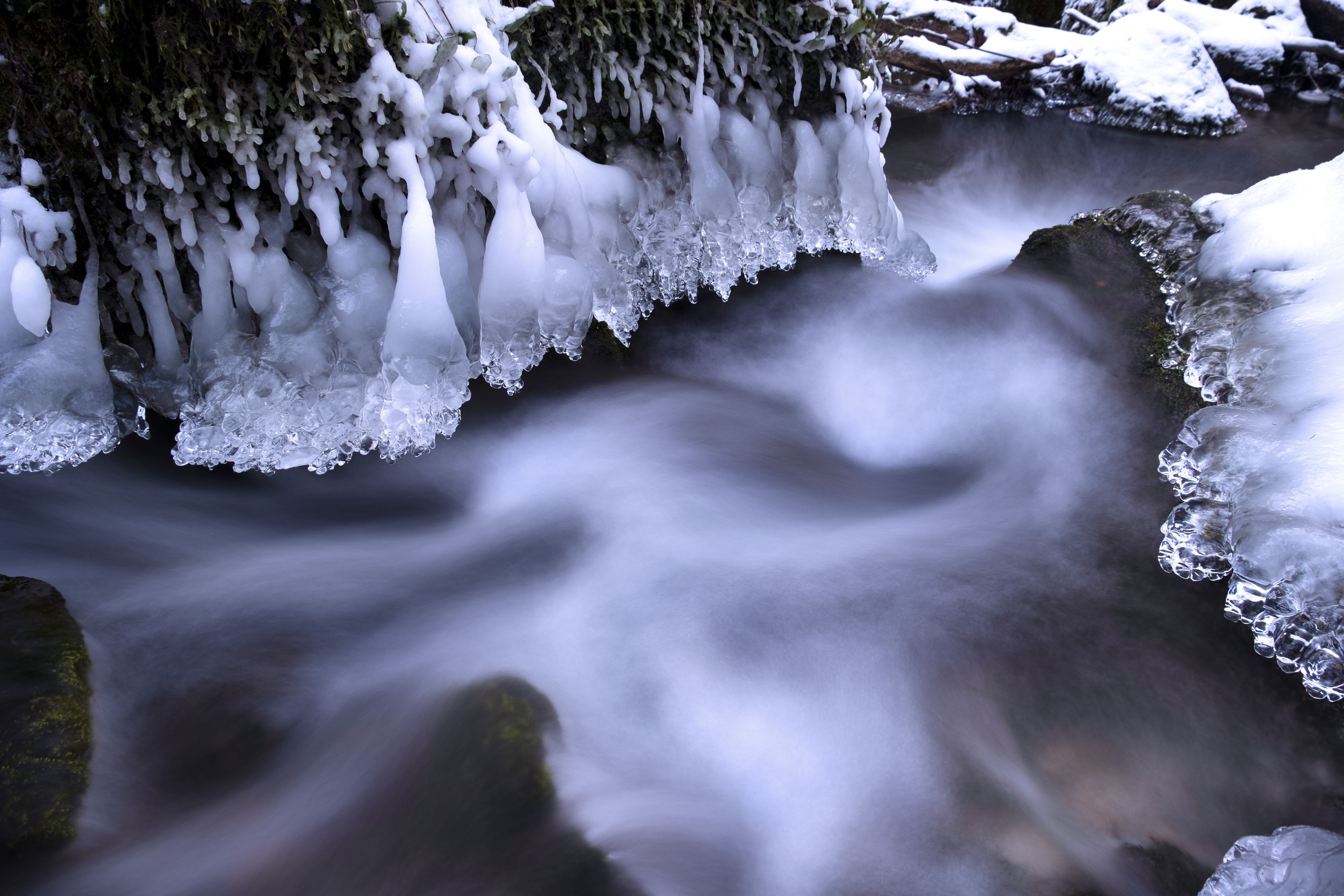
2. Use a neutral density filter
A longer shutter speed can allow currents and patterns in the water to reveal themselves and add extra energy. To achieve this, I’ll often use a 3-stop Neutral Density filter to slow things up and shoot during the blue hour, just after sunset. This flattens the light and introduces an evocative blue tint.
Read more: what's the best neutral density filter?
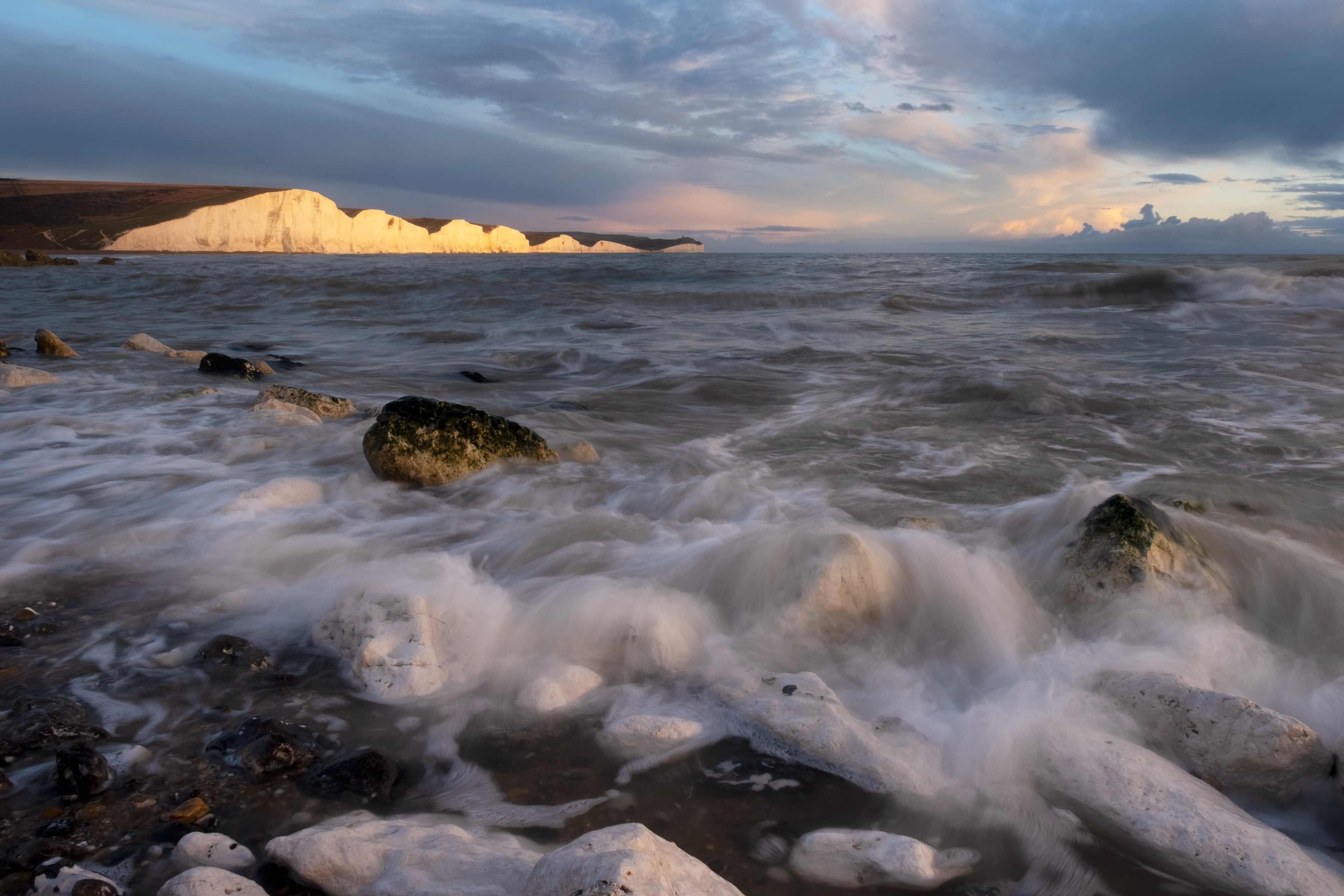
3. Develop your craft
Always experiment and ask yourself what you want to bring out in a given photograph. Here, I wanted to contrast the movement of the waves with the permanence of the cliffs, so I bracketed with different shutter speeds to capture
the surging power of the sea.
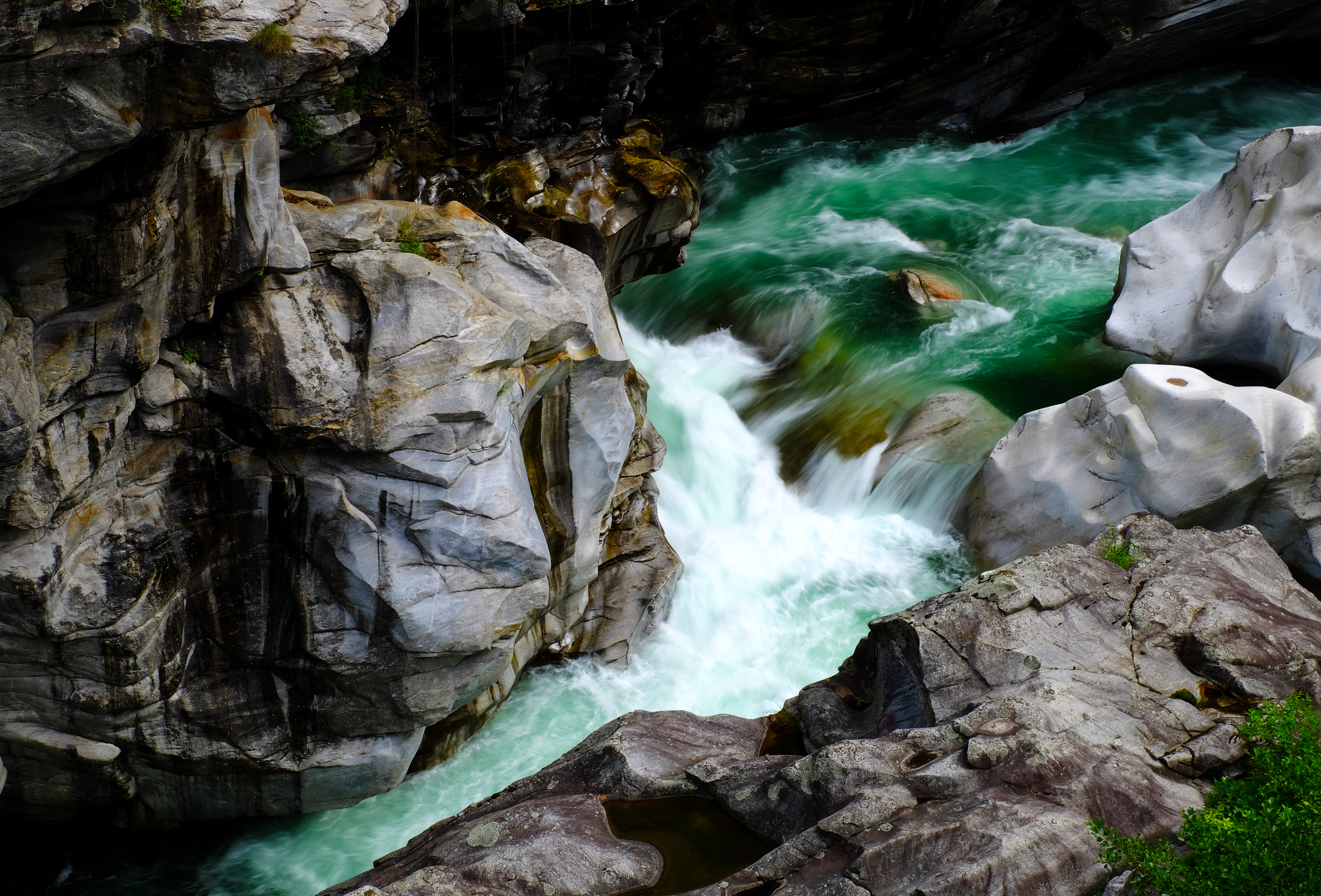
4. Make sure that you stay safe
It’s tempting to believe that you would get a better shot if you were just a few metres higher, or standing on that dodgy overhang, but this isn’t always the case. Knowing your limits is paramount, and I always take all-weather gear, whatever the forecast – nature can be unforgiving as well as unpredictable.
Read more:
The best mini tripods
How to use a polarizing filter
The best lenses for landscapes
Get the Digital Camera World Newsletter
The best camera deals, reviews, product advice, and unmissable photography news, direct to your inbox!
Alistair is the Features Editor of Digital Camera magazine, and has worked as a professional photographer and video producer.
